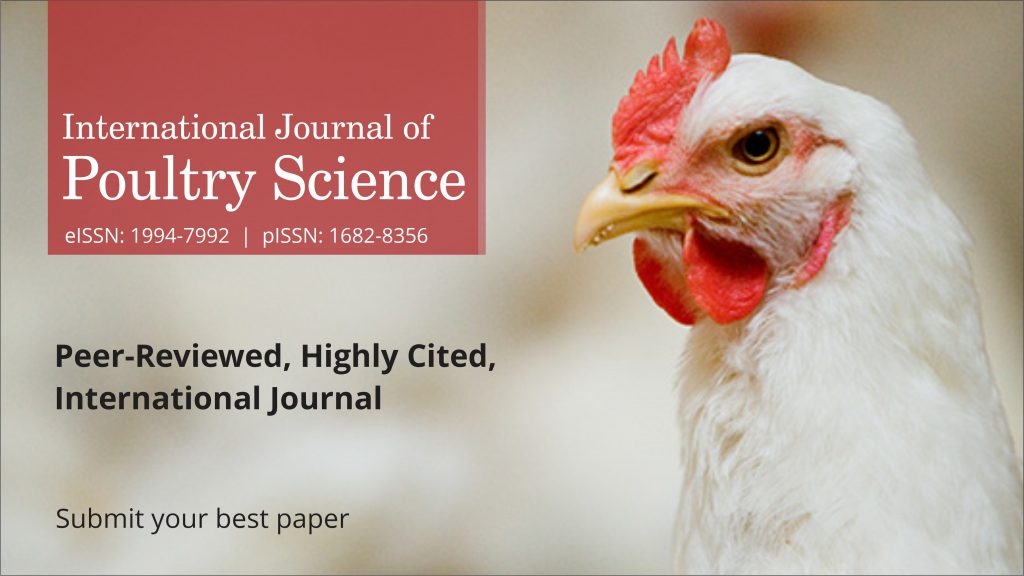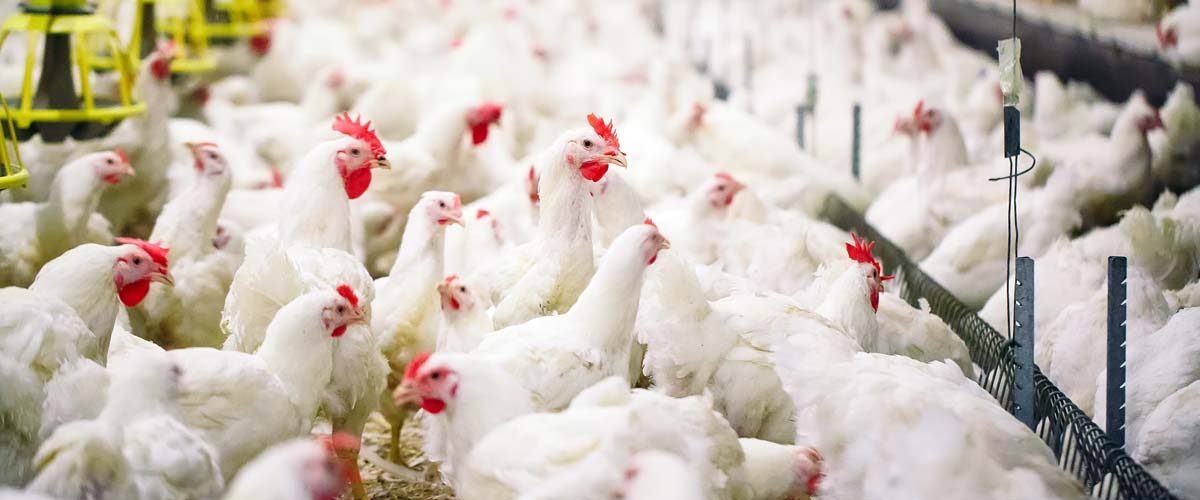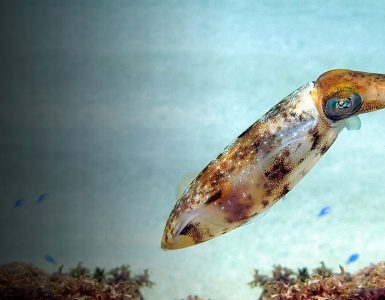Poultry production systems are defined under the social and environmental conditions of Ethiopia. In this country, most chicken populations are indistinctive types. Conversely, they showed a great variation in their production performance which might be due to their adaptive response to different ecological conditions and their widespread distribution. Indigenous chicken in Ethiopia is spread in huge numbers that are about 95% across varied agro-ecological zones under a native family-based scavenging management system. Morphometrics is a way to statistically test the hypotheses about the factors that affect the shape and other body parameters. Morphometric traits are the quantitative analyses of the shape, structure, and size of an organism. The derivation of live body weight from linear body measurements is proven a practical and informal technique, particularly for rural poultry breeders with a lack of resources. Phenotypic correlation is a way to estimate live body weight and linear body traits that guide the breeder in the choice of body size traits to incorporate into selection index.
Olawunmi et al. (2008) studied that the description of indigenous chickens is an essential pre-requisite for the development of the ethnic breed and rural poultry development. A few conformation traits are known to be good indicators of physical growth along with body weight and market value of indigenous chickens.
Poultry breeders are struggling to establish a link between body weight and linear body parameters like body length, beak length, chest circumference, shank circumference, comb length, ear lobe length, shank length, wattle length and wingspan. Relationships between linear body measurements and body weight are significant for forecasting body weight and can also be applied speedily in selection and breeding programs. Attah et al. (2004) and some other researchers used body measurements to estimate the body weight of diverse animal species in the available literature. Conversely, there is little information on the forecast of the body weight of chickens using linear body measurements.

Novel research conducted by Bekele et al. (2021) and published in the international journal of poultry sciences to determine the relationship between body weight and linear body measurements The researchers established a predictive model for estimating body weight using linear body measurements of Ethiopian indigenous chicken. The results indicated that there were positive correlations between linear body parameters and body weight and body weight could be predicted using linear body measurements. Shank length, Body length, and Breast circumference had the highest slopes and prioritized to predict the body weight of Ethiopian indigenous chicken compared to the other linear body measurements. The researchers claimed that such a relationship could be taken in selection programs for genetic improvement of body weight gain in Ethiopian indigenous chicken. The researchers concluded that it is better to apply selection based on body length, shank length, and breast circumference to design a breeding program for genetic improvement of body weight in Ethiopian indigenous chicken.
















Add comment